When my original plans for the Agfa Selecta M I bought a little impulsively recently were clearly not going to happen, the camera type in general began to interest me. I already have two other similar cameras, an Agfa Super Silette Automatic and a Richomatic 35 all three from around 1950-60 when many manufacturers were looking for ways to make photography more accessible. Kodak of course wanted to make loading as simple as possible and the 126 cameras appeared, followed by 110 and disc. Most of the others were working on semi automatic or automatic exposure control for those advanced photographers who managed to successfully complete the oh so demanding task of loading a 35mm or 120 film. Electronic shutters were still in the future so most used a form of shutter priority, matching the aperture to the speed set by aligning two pointers.
My three three cameras sought the same end, i.e. simplified picture taking. The German models offered the choice of shutter speed followed by setting the aperture manually or on automatic as needed via the meter, whilst the Ricoh simply had a single shutter speed and a trapped needle aperture system making it fully automatic.
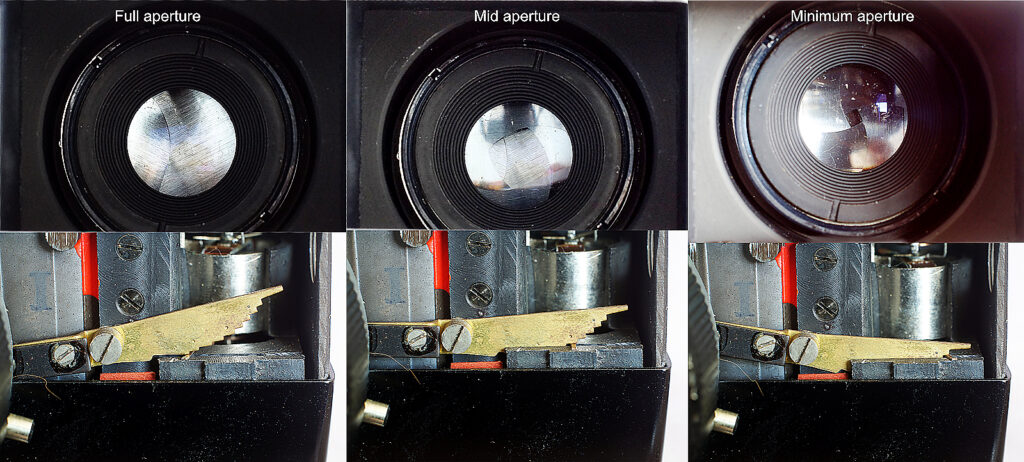
I never managed to see how the Selecta controlled its aperture, not wanting to dig any deeper than I could safely climb out again, but there seems to be two components connected to the meter. Possibly an electrical method was being used but none of it seems to be working anymore.
The Ricoh is more accessible, however, and is an elegant solution for such a compact design. The shutter release is similar in action to Agfa’s but with a longer throw, lowering the stepped arm onto the needle as it moves across the slot in the anvil to the point dictated by the light level so setting which aperture will be used.
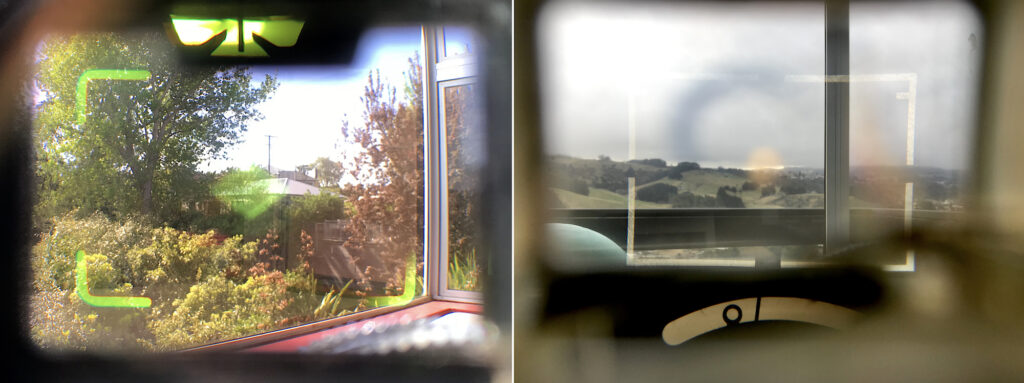
As shown, the Super Silette uses a manual match needle approach as used by many manufacturers at the time such as Voigtländer with their Vitomatic. The viewfinder of the Selecta M is simpler, with a suspended frame, a rangefinder spot and a low light warning.
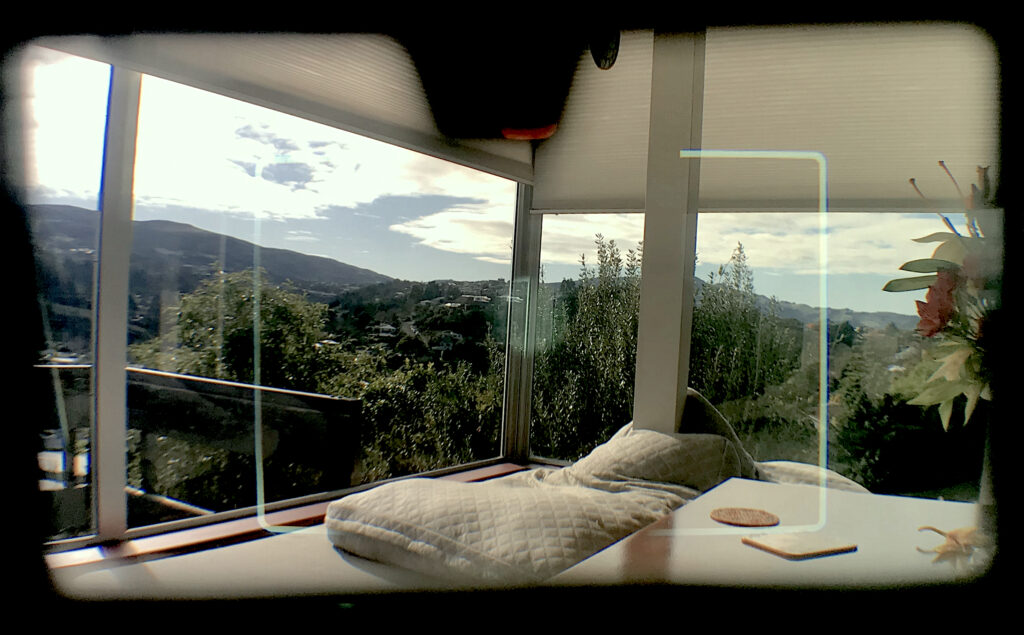
The Agfa Selecta M.
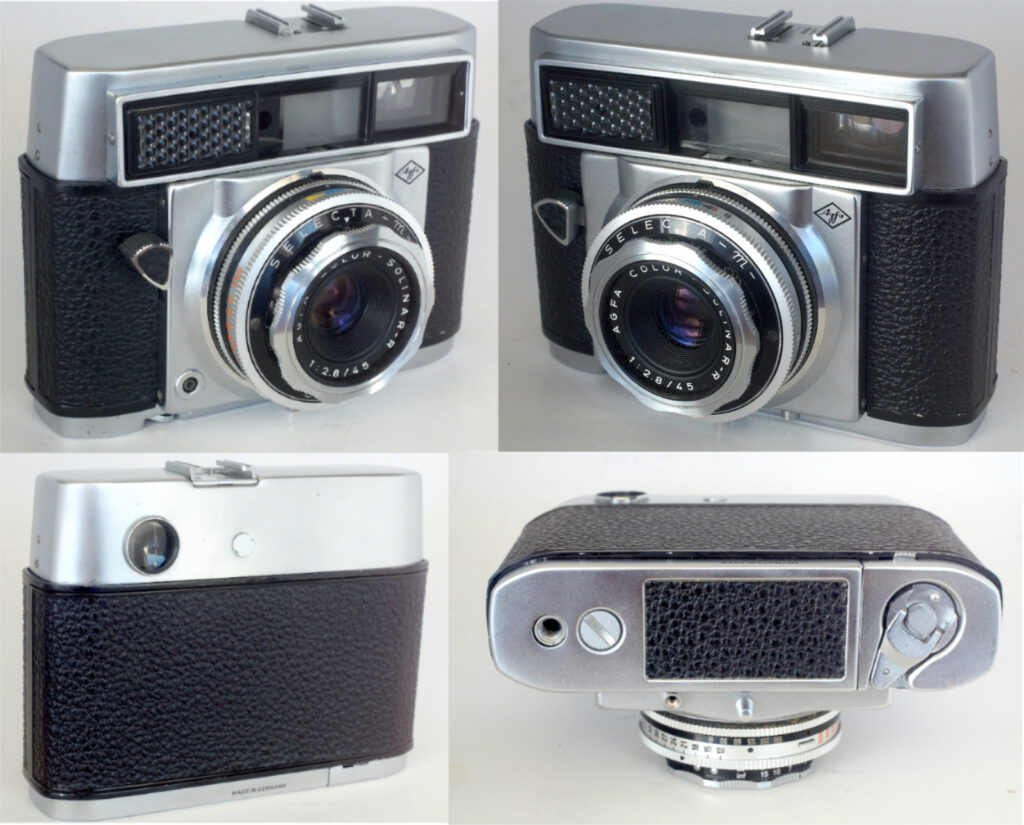
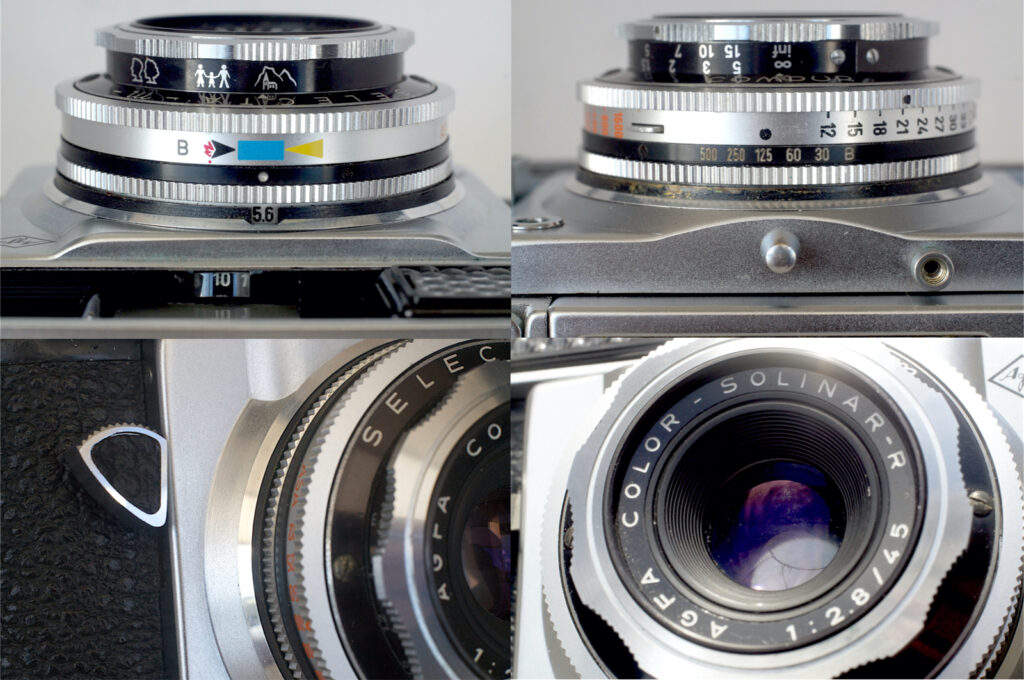
I posted an article about going full circle with my first quality camera a while back when I bought a Voigtländer Vito IIa, the same camera I had been given as a present almost 70 years ago. Before that, my first 35mm camera was an Iloca Rapid from the early 1950s which was a viewfinder model with an early lever wind, quite unusual for the time. When I bought the Agfa Selecta-M it turned out that I was effectively buying an Iloca and almost coming full circle once again, this time with a camera that incorporated a motorwind, also not common at the time.
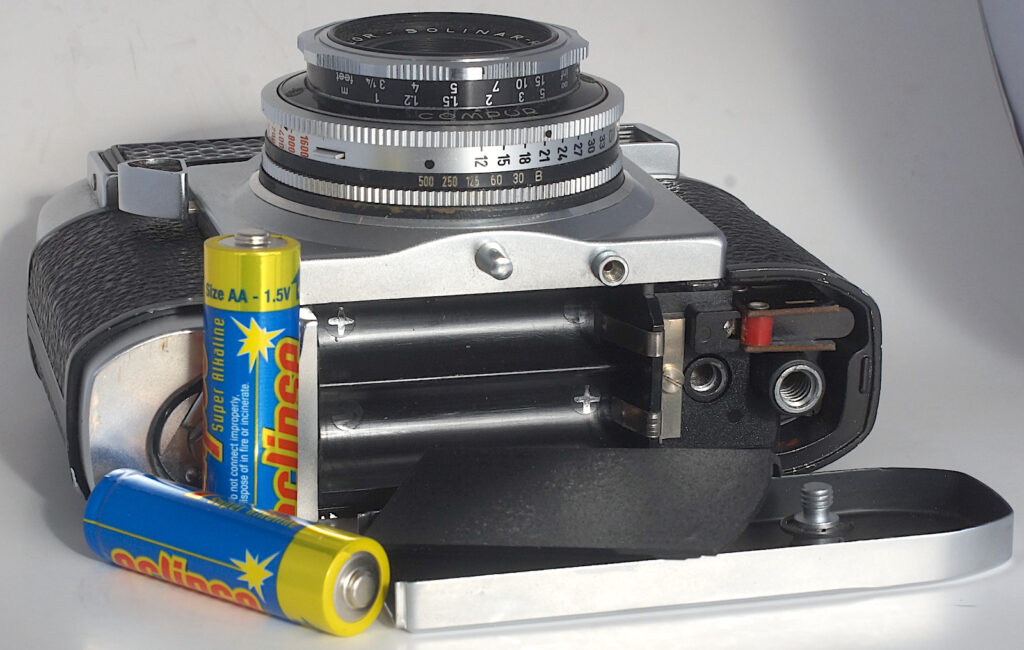
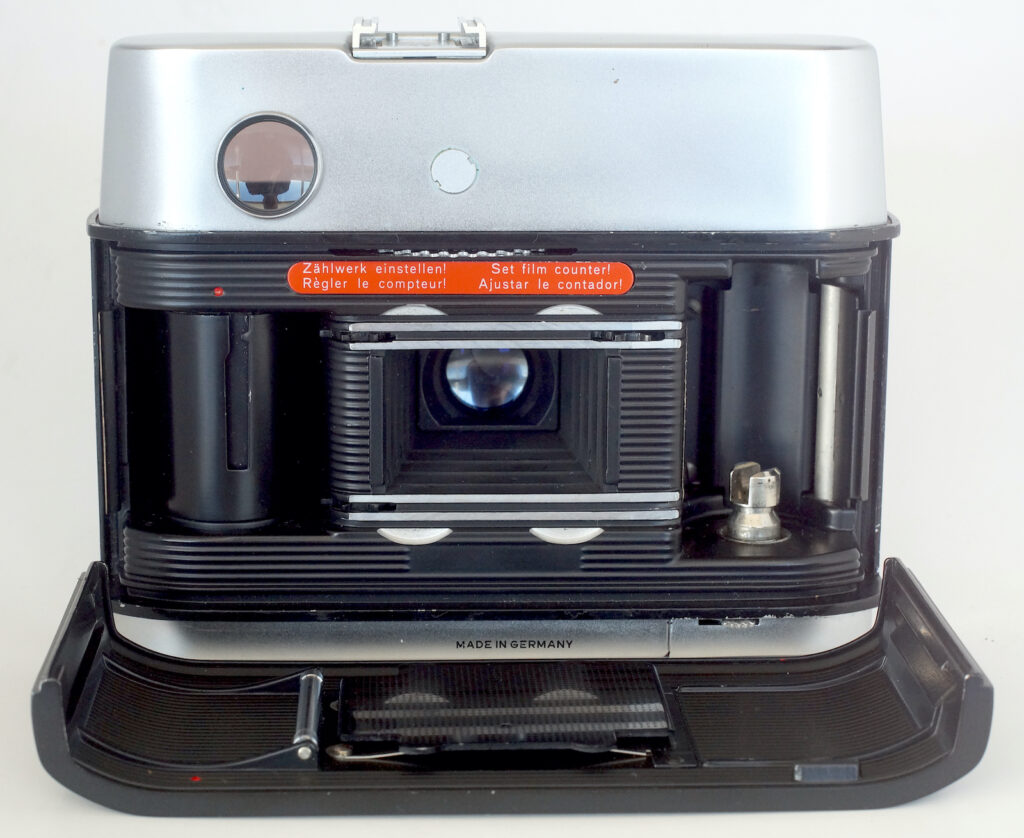
Iloca were an independent German manufacturer who succumbed to the pressures of big business I imagine and were forced into bankruptcy in 1960. Their competitors had taken control of their shutter supplier creating problems for production flow. In a different field, a similar thing sounded the death knell of the Jowett car company in the UK when Ford bought out their body suppliers.
Agfa acquired Iloca’s assets from the bankruptcy and the Selecta-M from 1962 was a rejigged and re-badged version of Iloca’s prototype only Auto-Electric model. The “M” in the Agfa naming is assumed to signify motorwind (motorantrieb) rather than the usual “mess” indicating a rangefinder (e.g Mess Ikonta). The camera had an early, built-in motorwind powered by two AA batteries, a coupled rangefinder with automatic parallax correction of the suspended frame and semi-automatic shutter priority exposure with low light warning in the finder. The aperture was set automatically after selecting an appropriate shutter speed for the subject using a colour coded index on top of the lens or a normal scale below it. There was the option of zone focussing by symbols above the lens, a scale below the lens, like the shutter speeds, or the rangefinder.
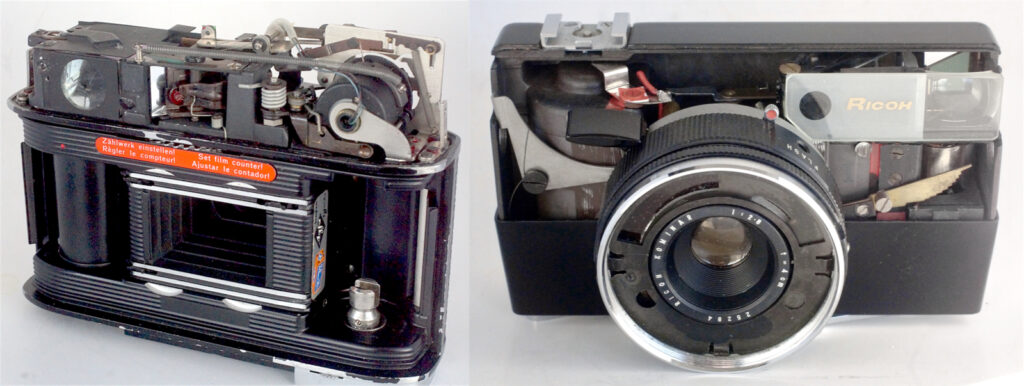
I bought the Selecta very cheaply as non-working mainly for the ERC which looked to be better than the one I have housing my Agfa Super Silette Automatic. I had also seen lenses from these types of camera adapted for use with digital and the Color-Solinar-R looked very clean (the ‘R’ indicating it was made by Rodenstock). As it turned out, neither was to prove a practical possibility. The case didn’t fit and the complexity of the camera’s construction confounded all my amateur efforts at dismantling. In any event, the camera had numerous major faults, even more than the seller had been frank enough to mention. The most serious for my purposes being the inoperative manual apertures which I expected to be able to use if I had managed to convert it.
The Super Silette Automatic.
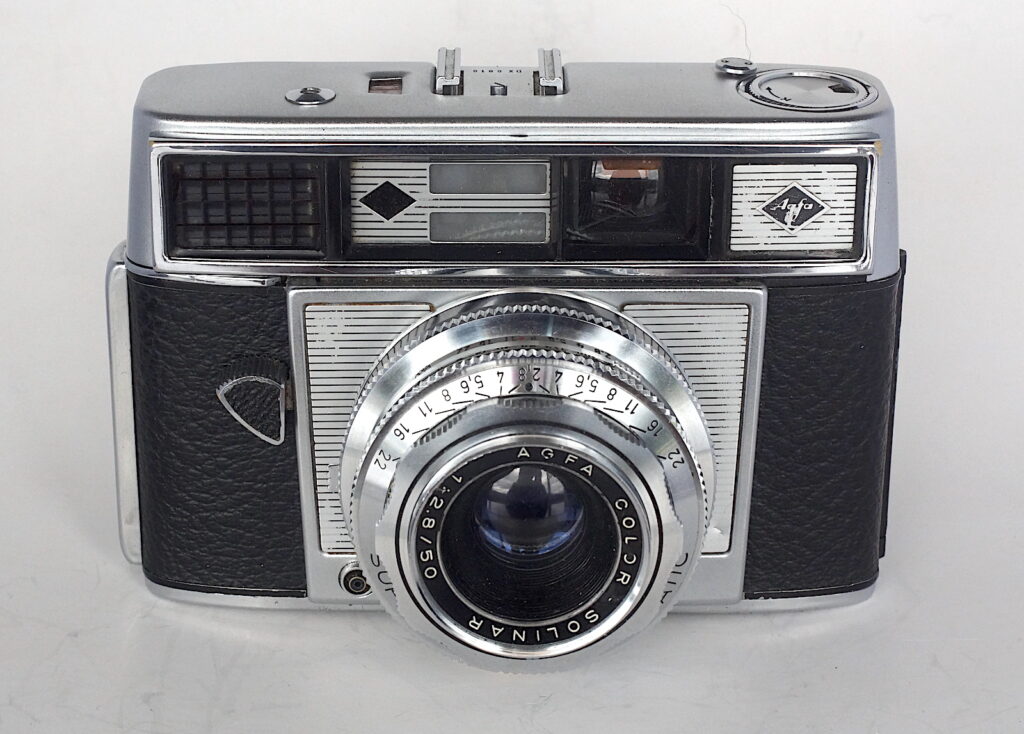
Agfa applied its house style to the rebadged Iloca which gave it a very similar appearance to the Silette and Optima ranges of the time. They are very different, however, both in terms of operation and quality, my Super Silette feeling better in the hand.
The Super Silette has a fully speeded Prontor shutter, 1 to 1/300 8-speed against the Selecta’s Compur 1/30 to 1/500 five speed. The shutter speed is set and the aperture then adjusted to match the light level. The automatically parallax corrected finder has a coupled rangefinder with the meter setting visible also.
I have posted a review of this camera here.
The Ricohmatic 35.
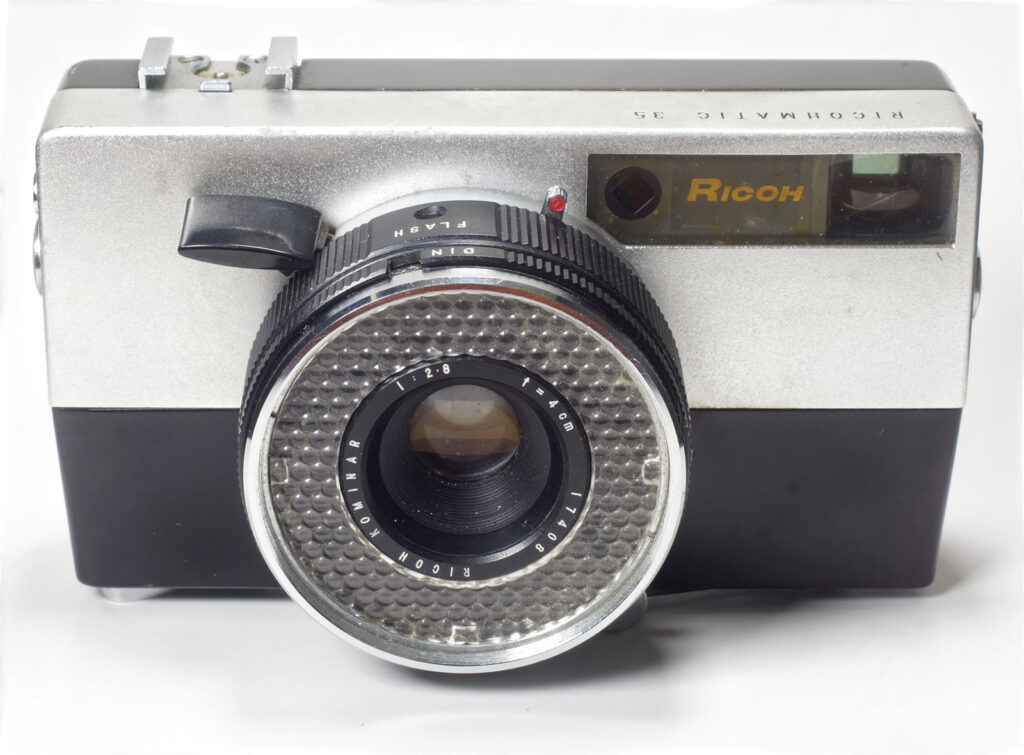
Like the Super Silette, I have posted an earlier review of this camera here. Briefly, it has a coupled rangefinder combined in the viewfinder with fixed suspended frame with parallax correction markings and a low light warning. It has a single shutter speed and the aperture is automatically set as described above so that framing and focus is all that is required of the photographer unless flash is indicated. In that case a very novel system is used along with an early example of a hot shoe that could use a dedicated bulb flash from Ricoh or an electronic unit and standard co-axial connection.
Comment
These three cameras are good examples of the efforts being made in the mid-20th century to simplify photography and make it more accessible to a wider public. The Agfa cameras took a semi and less-semi approach, whereas the Japanese camera tried to make it simpler still. One that combined the best of them all could have been the ideal at the time I guess, i.e. variable shutter speeds linked to a meter controlled trap needle aperture setting and a motorwind. But that was for later when technology had caught up with aspiration.
The coupled rangefinder, automatic exposure type persisted right up to the digital era with models appearing from all the major manufacturers. And, to judge by how prices of good secondhand examples have increased, are still a much appreciated type.
My fondest memories are of the little Olympus XA that I always had in my pocket for many years, a similar, coupled rangefinder semi automatic 35mm but, crucially, with an electronic shutter. Here, the operation sequence was reversed, the aperture being set first and the shutter automatically adjusting to the light conditions and the set speed visible in the finder. Very much a coming of age for the type largely due to the electronics (and a brilliant designer in Olympus’ case) but still no motorwind.
Conclusions
Nowadays, many of these cameras with photoelectric cell meters are very useable, whether the meter still works or not, the later cds cell types too, since most allow manual operation. But if it all works, like my Super Silette Automatic, they are a rewarding instrument to use.
Unfortunately, this Selecta will move on as a very presentable display item since I like to use my cameras and this one is past reviving without a major and no doubt prohibitively expensive rebuild. It has prompted some interesting research and manual head-scratching though and, I hope, an interesting read.
Share this post:



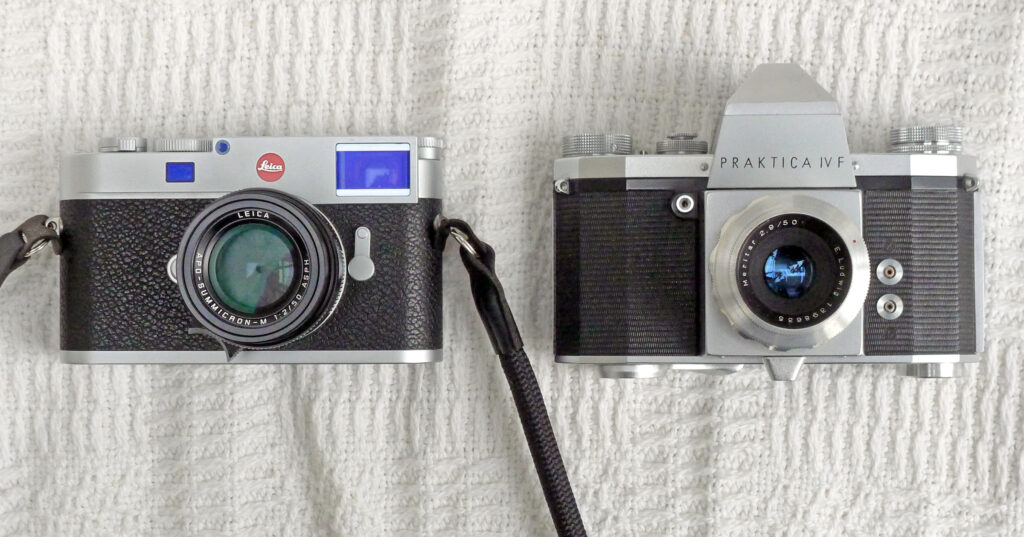
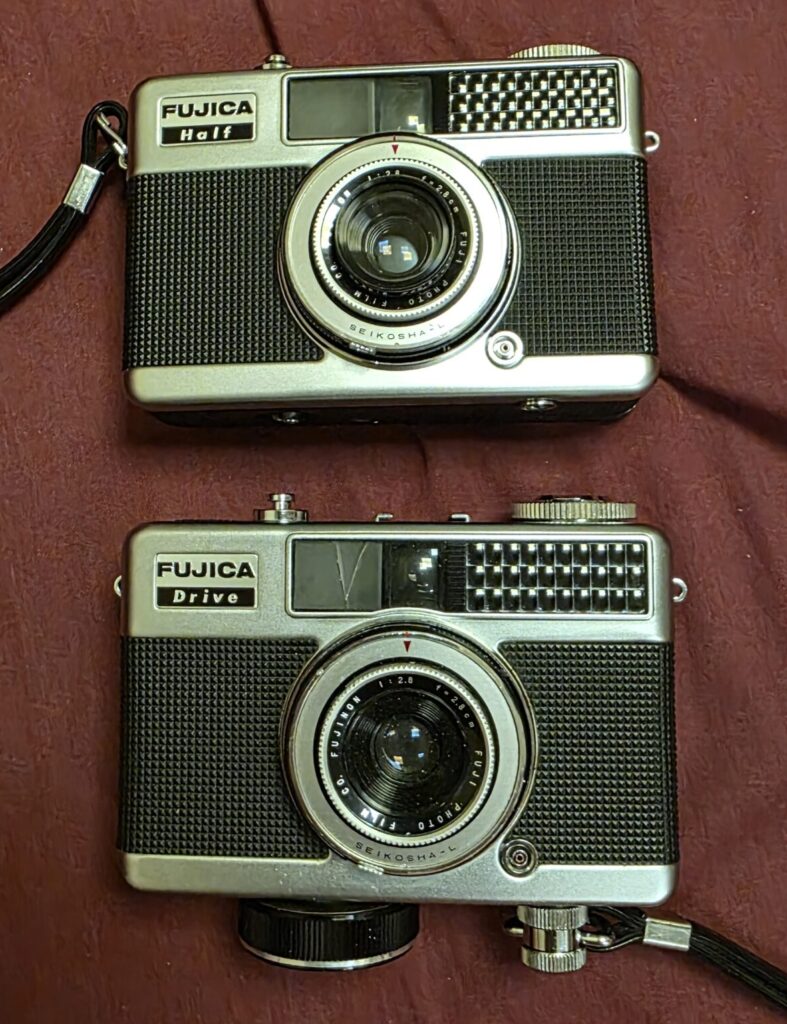




Comments
Michael Zwicky-Ross on Early Auto Exposure – Three Different Approaches
Comment posted: 05/09/2024
Comment posted: 05/09/2024
Jeffery Luhn on Early Auto Exposure – Three Different Approaches
Comment posted: 05/09/2024
Very clear information and camera photos. It's nice to read an in-depth article about cameras I had no contact with here in the states. My earliest recollections of quality consumer cameras were dominated by the various Kodak Retina series. What I hope you will post are photos taken with your collection. I assume the glass is in good shape. What lens formulas were used? I'm anxious to see pix!
Comment posted: 05/09/2024
Tony Warren on Early Auto Exposure – Three Different Approaches
Comment posted: 05/09/2024